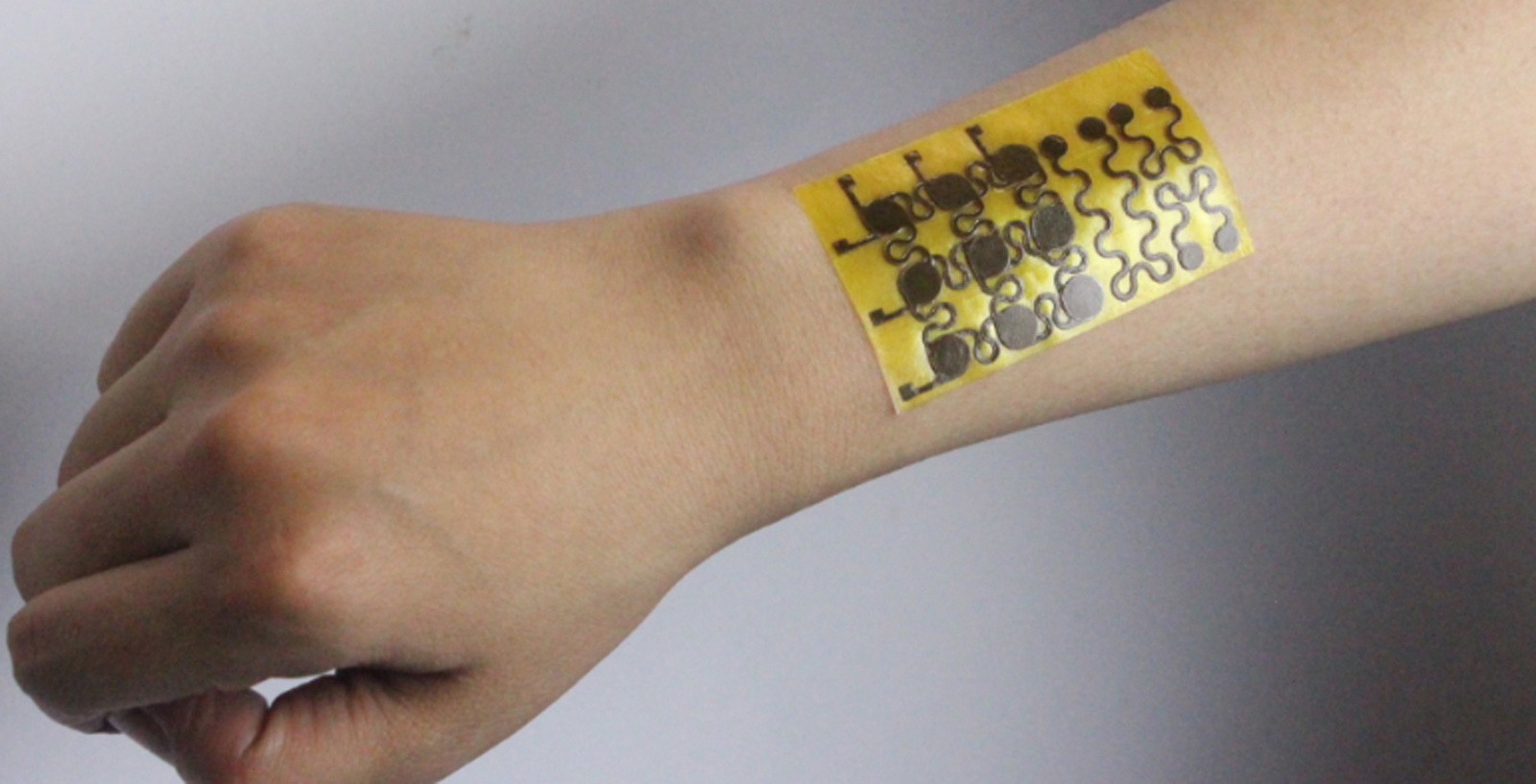
Guys, you clicked on this headline, so I’m going to go ahead and assume you can handle the whole mind-blowing, terror-inducing Black-Mirror-premise-but-real nature of this story.
If not, consider yourself warned.
As robots develop, one integral element will be the ability to feel pressure and sense heat. This is so a robot can respond appropriately to its surroundings. For instance, if you wanted a robot to take care of a baby, you’d want to make sure the robot can be tender in a way that generally only humans can achieve with our own sensitive touch.
That’s why many in the field of robots are working on electronic skins, including a team out of the University of Colorado Boulder, comprised of Jianliang Xiao, an assistant professor of mechanical engineering and Wei Zhang, an associate professor of chemistry and biochemistry as well as a materials science and engineering faculty member.
The above babysitting use case is actually an example given by Zhang, who told CU Boulder Today: “The idea is to try and mimic biological skin with e-skin that has desired functions.”
To that extent, CU Boulder’s e-skin has sensors not just for measuring pressure and temperature, but also humidity and air flow.
But here’s the problem with e-skin (at least from the perspective of researchers) — it’s too susceptible to damage, making it impractical for most real-world use.
Not so with CU Boulder’s creation. It uses polyimine, a type of polymer laced with silver nanoparticles that allows the e-skin to be both self-healing and fully recyclable at room temperature.
It can self-heal using widely available ethanol compounds to patch itself up, and the material is recyclable using a solution that separates the silver from the skin in question.
That’s right, this material goes full Terminator.
Well, okay maybe not quite that far, but still, there will likely be robots in the not-too-distant future that can not only feel sensations but heal themselves. That’s a lot to take in.
Verdict: Sticky (please be kind to me robot overlords).
Sensation and self-healing are two things that commonly have been a key point of differentiation between humans and machines. Take that away, and we’re looking at an entirely new paradigm in the future.
We obviously need to put a lot more careful thought and consideration into robotics and AI concerns from a societal and philosophical standpoint, because scientists are not slowing down on this stuff.
But having said that, if managed correctly this technology could benefit so many people, especially those who wear prosthetics.
Thankfully, we have a while to consider all of this. Practical use in the real world is still quite a few years off. Considering the potential for massive social disruption, though, it’s best we start now.
Note: This post is part of an ongoing series titled Sticky or Not in which Senior Reporter Rose Behar analyzes new and often bizarre gadgets, rating them sticky (good) or not (bad).
Image credit: Jianliang Xiao/University of Colorado Boulder
MobileSyrup may earn a commission from purchases made via our links, which helps fund the journalism we provide free on our website. These links do not influence our editorial content. Support us here.


